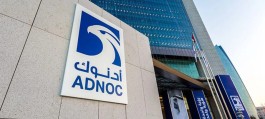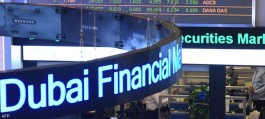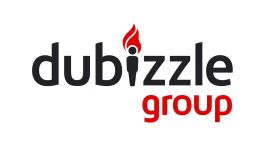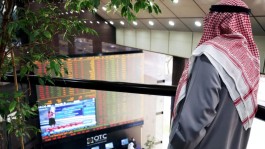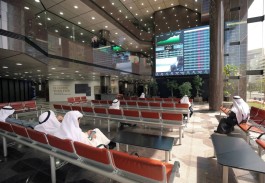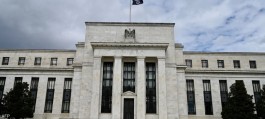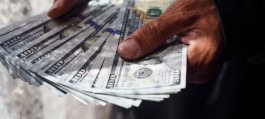A top Federal Reserve official said the U.S. central bank needs to take a gradual approach to lowering borrowing costs, as the world's top central bankers prepare to gather for an annual meeting in Wyoming this week.
Mary Daly, president of the Federal Reserve Bank of San Francisco, told the Financial Times that recent economic data had given her more confidence that inflation was under control.
She said it was time to consider adjusting borrowing costs from their current range of 5.25 percent to 5.5 percent.
She called for a cautious approach, in response to economists' concerns that the world's largest economy is heading towards a sharp slowdown that calls for a rapid cut in interest rates.
How quickly U.S. interest rates will ease from their 23-year high will be a central question on policymakers' lips when they meet later this week at the Federal Reserve's annual Jackson Hole retreat in Kansas City, Wyoming.
Investors will be closely watching Federal Reserve Chairman Jerome Powell's speech at Jackson Hole on Friday, keen to hear his plans for a soft landing and a fight against inflation without collapsing the economy.
Daly, who votes on the Federal Open Market Committee, downplayed the need for a dramatic response to signs of labor market weakness, saying the U.S. economy shows little evidence of a deep slowdown. She said the economic situation is not urgent.
She added: Gradualism is not weakness, nor slowness, nor delay, it is just wisdom, stressing that the labor market - despite its slowdown - is not weak.
Investors are betting on a rate cut at the Fed’s next meeting, in what would be the first rate cut in four years. Markets are pricing in a quarter-point cut at about 70 percent, while few investors expect a half-point cut.
Markets are expecting 2024 to end with US interest rates a full point lower than their current level, implying a further large cut in the last three meetings of the year.
The Bank of England, the European Central Bank and the Bank of Canada have already cut borrowing costs, but relatively high U.S. inflation readings at the start of this year have forced the Fed to wait.
Consumer price (inflation) figures last week showed inflation fell to 2.9 percent in the year to July, the lowest level in three years.
The Fed’s preferred measure of underlying price pressures, the core personal consumption expenditures price index, rose at a 2.6 percent annual rate in June. Core PCE inflation, which underlies the Fed’s 2 percent target, was 2.5 percent in June.
“After the first quarter of this year, inflation has been gradually making progress toward 2 percent,” Daly said on Thursday. “We’re not there yet, but that clearly gives me more confidence that we’re on our way to price stability.”
As inflation declines and the labor market balance improves, the central bank will need to adjust interest rates to reflect the current and expected economy, she added.
The Fed wants to ease its policy tightening, while maintaining some restraint to get the job done on inflation, Daly said.
She noted that the Fed does not want to tighten too much in a slowing economy. She later added that not adapting policy to the progress made in reducing inflation and weaker growth is a recipe for the outcome we do not want: stable prices and an unstable and struggling labor market.
Her comments are in line with those of Atlanta Federal Reserve President Raphael Bocetik, who recently told the Financial Times that waiting too long to cut interest rates brings risks.
A weak July jobs report raised concerns about the health of the U.S. economy and helped trigger a global selloff in stocks that led to calls for emergency interest rate cuts. But a surprisingly strong retail sales report this week eased concerns about a U.S. recession.
Daly said that companies generally did not resort to layoffs. Instead, they cut spending.
